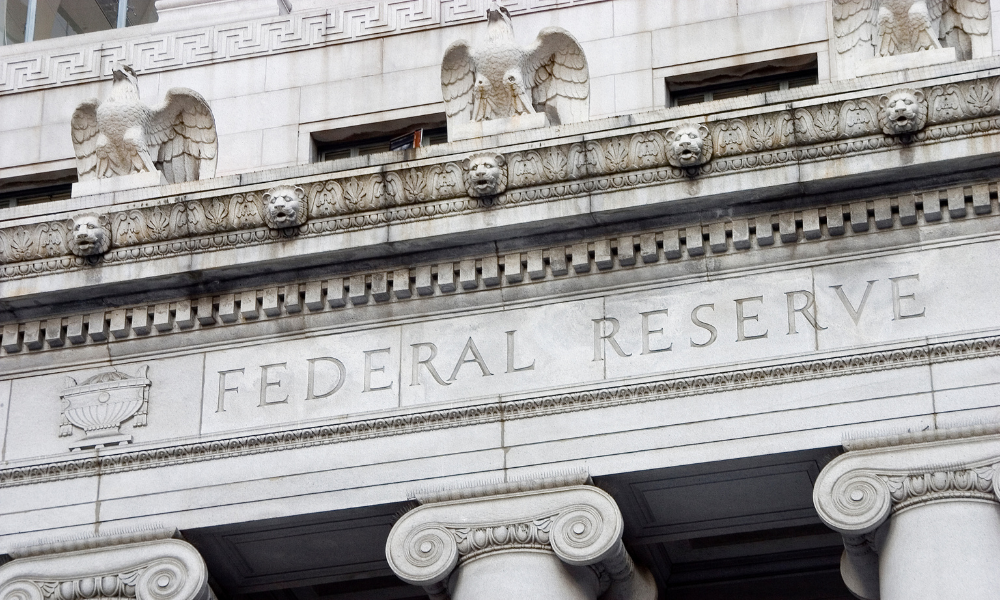People who have their debt obligations extinguished should be prepared when the taxman knocks

With interest rates rising and debt figuring more prominently in Canadians’ lives, borrowers should set aside a measure of gratefulness if they are able to get their debt forgiven. However, they should also be aware of what that event means — especially when it comes to dealing with the taxman.
“Occurrences such as the settlement of a debt for less than full repayment creates an economic windfall for those receiving the debt relief,” said Canadian tax lawyer David Rotfleisch in a recent commentary. “This gain is treated as income for the purposes of Canadian income taxation.”
This is problematic for many individuals and corporations who benefit from these types of events, Rotfleisch explained, because it creates an additional tax liability without a corresponding increase in cash income; to look at it simply, they end up swapping their debt obligation for an added tax obligation.
“Luckily the Income Tax Act does provide a mechanism to give the taxpayer some deferral of the payment,” he said. In cases where a debt obligation or interest amount payable is extinguished, the taxpayer must adjust their “tax attributes” in accordance with the order of Section 80(3) through 80(13) of the Income Tax Act.
“Tax attributes” include carried-over losses of a capital or non-capital nature, the adjusted cost base of property, and other specified attributes, and other such items in the taxpayer’s tax filings. The forgiven debt must be applied to the fullest possible extent possible for each class of attributes before it may be applied to a subsequent attribute class made available by the provision in the act. If there’s any amount of the debt forgiveness that remains after all available tax attributes have been maximized, half of the remainder is included in the taxpayer’s income in the year of the settlement.
“The effect of these provisions is to treat the recognition of the gain in a deferred way, by delaying the application of the tax to the gain until the various attributes trigger the normal tax treatment,” Rotfleisch said.
Another scenario arises from mortgage foreclosures. When the borrower finds themselves unable to make regular payments, the lender may decide to foreclose on the property. From a tax perspective, section 79 of the Income Tax Act deems it as if the borrower had disposed of the property in exchange for proceeds amounting to the principle outstanding at the time of foreclosure.
“[T]his treatment potentially results in two different types of income,” Rotfleisch said. For borrowers who had been using the property in the process of earning business income, and had previously claimed a capital cost allowance on the property, it counts as a capital gain consideration and a recapture of capital cost allowance inclusion. The recapture of capital cost allowance is included as business income, which leads to a greater amount of tax.
But for taxpayers who have not claimed capital cost allowance on the property, or in cases where the property is not eligible for capital cost allowance, the foreclosure will only result in a capital gain being included in their income.
“The reality of the tax laws in Canada is that a very complex set of rules may apply to seemingly simple transactions. In the case of extinguishing debts, the rules are particularly difficult to interpret for the average Canadian,” Rotfleisch said, adding that consulting a Canadian tax lawyer would be the best course to take.



